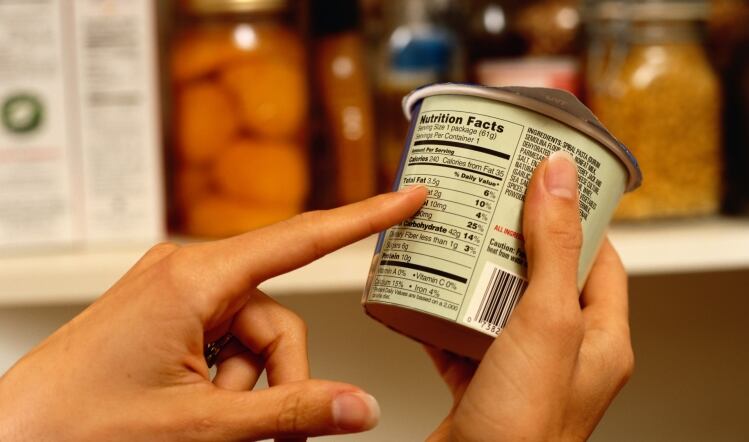Experts are arguing against what they see as overly restrictive shelf-life rules, following a meeting of the Advisory Committee on the Microbiological Safety of Food (ACMSF) in London on 30 January.
The industry claims the existing ten-day shelf-life restriction puts UK producers at a disadvantage compared with overseas competitors as the UK leaves the EU and they seek to grow export markets. No other countries impose such tight restrictions on vacuum packed (VP) and modified atmosphere packed (MAP) fresh meat. The three-day extension to the established shelf-life was proposed at the ACMSF meeting, but experts argue this still does not go far enough.
In addition, retailers and processors could face prosecution if the rules are approved for the many products currently in chillers that have significantly longer shelf-lives, but have sparked no food safety concerns. Guidelines advise ten-day shelf-lives for VP and MAP fresh meat at the moment, in the absence of other controlling factors.
“What’s going to happen now, and when? Because EHOs [environmental health officers] are out there at the moment using that 2017 guidance and threatening to close down businesses,” remarked Kaarin Goodburn, director of the Chilled Food Association (CFA). She reported being contacted by owners of butchers' shops with these very concerns, even though they don’t come strictly within the CFA’s remit.
Shelf-life far longer outside UK
She welcomed the proposed extension because of the flawed nature of the 2017 guidelines, which are “over-cautious on fresh meat” and should not be enforced. However, it didn’t go far enough, she added. “We end up with 13 days now being proposed. What will it take to change that because established shelf-life is far longer outside the UK?”
David Lindars, technical operations director for the British Meat Processors Association, echoed Goodburn’s concerns about 13 days being “way over-cautious”.
“Some retailers and manufacturers have carried out their risk assessments, challenge testing and so on and there is product sitting on the shelves in supermarkets in skin pack [VP] at 21 and 28 days … so it is already there,” said Lindars. It is also preventing exports of lamb, pork and beef, he added. “We certainly will need more life if we want to export retail-packed chilled meat.”
At the recent ACMSF meeting, a sub-group report on the risk posed by the potentially dangerous pathogen non-proteolytic Clostridium botulinum (C. botulinum) in VP and MAP products proposed extending the shelf-life for fresh beef, lamb and pork from ten to 13 days. This was approved by the full ACMSF.
The sub-group was set up last June to review the risk from this pathogen following new evidence from the meat industry that demonstrated the safety of existing industry practice and called into question updated guidelines on these foods issues by the Food Standards Agency in 2017, which specifically mentioned fresh meat for the first time.




